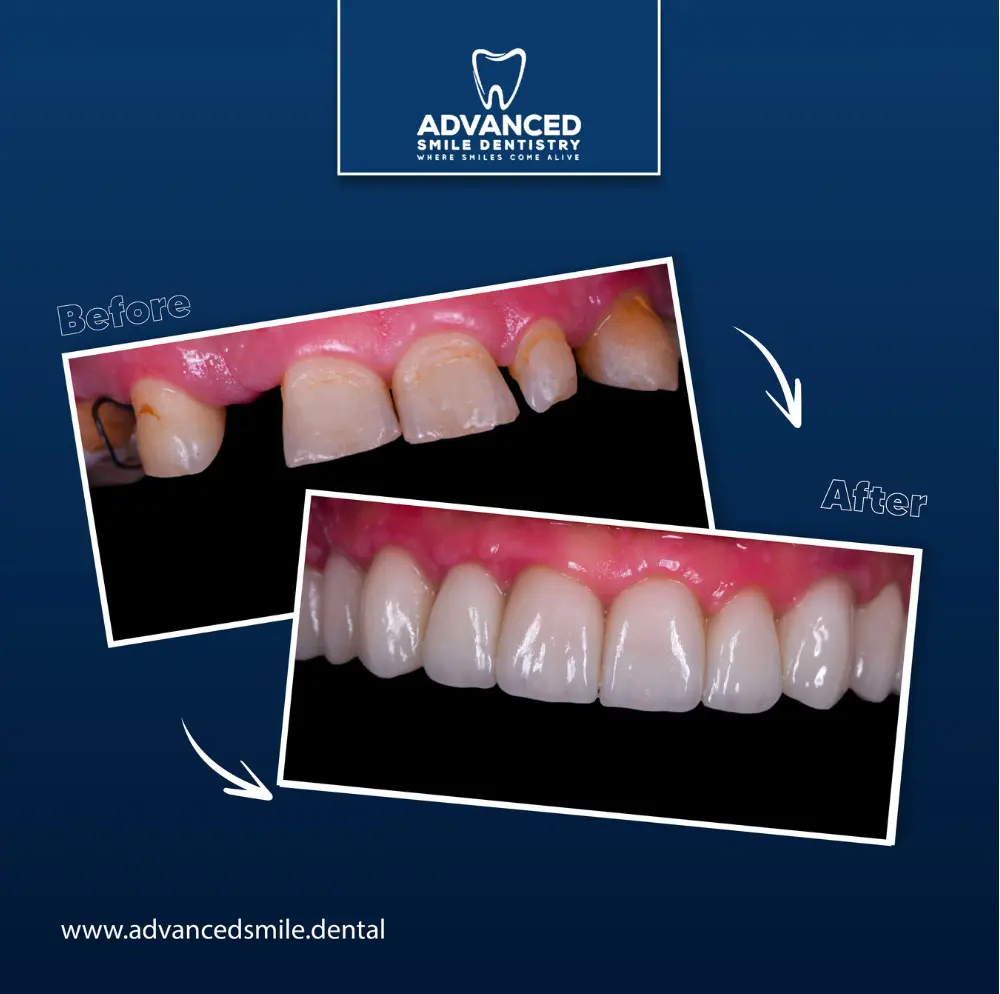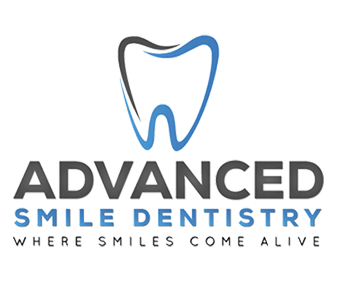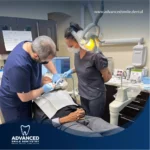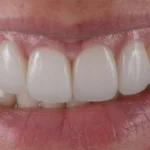What is an Overbite in Teeth and How is it Corrected

#1What is an Overbite in Teeth?
An overbite, also known as a malocclusion or deep bite, is a dental condition characterized by the vertical overlap of the upper front teeth over the lower front teeth when the mouth is closed.
In other words, the upper front teeth excessively cover the lower front teeth, leading to an uneven alignment of the dental arches. This can result in the lower front teeth biting into the roof of the mouth, which can cause various dental and oral health issues if left untreated.
Overbites in teeth can vary in severity, ranging from mild to more pronounced cases. Common causes of teeth overbite include genetics (inherited from parents), thumb sucking or pacifier use in childhood, prolonged bottle feeding, and certain oral habits like tongue thrusting.
Severe overbites might also be related to skeletal and jaw structure issues.
Potential problems associated with an untreated overbite teeth include:
- Dental Issues: An overbite can lead to abnormal wear on the teeth, particularly the front teeth, which can result in sensitivity, chipping, and enamel erosion.
- Gum Problems: The excessive overlap of the upper teeth can lead to gum irritation and inflammation, as the lower front teeth might bite into the gum tissue behind the upper teeth.
- Speech Impairment: A pronounced overbite can affect speech, causing difficulties in pronunciation and articulation.
- Chewing Problems: An overbite can lead to inefficient chewing, which might impact digestion and overall oral health.
- Aesthetic Concerns: People with significant overbites might be self-conscious about their appearance due to the misalignment of their teeth.
How do I know if there is a slight overbite?
Detecting a slight overbite might not always be straightforward, especially if you’re not familiar with dental terminology or if the misalignment is minimal.
It’s important to overbite correction with a qualified orthodontist or dentist if you suspect you or someone you know has an overbite or any other dental issues. Early intervention can help prevent more serious problems and ensure proper dental health.
#2How to Fix Overbite Teeth
The treatment for fixing an overbite in teeth depends on the severity of the condition, the age of the individual, and the underlying causes.
Here are some common approaches that orthodontists and dentists might use to correct an overbite teeth:
- Orthodontic Treatment (Braces or Clear Aligners): This is the most common method for treating overbites. Overbite braces or clear aligners gradually move the teeth into proper alignment over a period of time. This treatment is effective for both mild and moderate overbites.
- Functional Appliances: These are devices used in younger patients whose jaws are still growing. Functional appliances can help correct the relationship between the upper and lower jaws by promoting proper growth and alignment.
- Headgear: In some cases, headgear might be used to correct overbites. Headgear exerts gentle pressure on the upper jaw to encourage proper alignment.
- Palatal Expanders: For cases where the overbite is due to a narrow upper jaw, a palatal expander might be used to widen the upper jaw, creating more space for the teeth to align properly.
- Orthognathic Surgery: In severe cases where the overbite is caused by skeletal issues, orthognathic surgery might be recommended. This surgery involves repositioning the upper and lower jaws to achieve a proper bite alignment. It’s usually considered when other methods are not sufficient.
- Retainers: After active orthodontic treatment, retainers are often used to maintain the corrected bite and prevent relapse. Retainers can be removable or fixed behind the teeth.
- Lingual Braces: These are braces that are placed on the back side of the teeth, making them less visible. They can be an option for individuals who want to correct their overbite discreetly.
The best approach for overbite correction will be determined by a thorough examination by an orthodontist or dentist. It’s important to consult with a qualified dental professional to determine the most suitable treatment plan for your specific situation.
Early intervention is often recommended to prevent more serious issues and to achieve the best results.
Can Braces Fix an Overbite?
Yes, braces can be an effective treatment option for fixing an overbite. Braces are commonly used to correct various types of malocclusions, including overbites.
- Alignment: Braces gradually move the teeth into their proper positions. For an overbite, this means adjusting the alignment of the upper and lower teeth so that they fit together correctly when the mouth is closed.
- Vertical Correction: Braces can help adjust the vertical positioning of the upper and lower teeth to reduce the excessive overlap of the upper front teeth over the lower front teeth.
- Individual Tooth Movement: Braces can move individual teeth to create a more harmonious and aligned bite. This includes moving the upper and lower front teeth as needed to correct the overbite.
- Orthodontic Mechanics: Brackets and wires used in braces apply gentle and controlled forces to guide teeth into their desired positions. Orthodontists can manipulate these forces to gradually correct the overbite.
- Bite Correction: In addition to moving individual teeth, braces can also help adjust the overall bite relationship between the upper and lower jaws, which is important for correction overbites.
Can invisalign fix overbite?
Yes, Invisalign can be used to fix an overbite, particularly if the overbite is mild to moderate in severity. Invisalign is a popular orthodontic treatment that uses a series of clear, removable aligners to gradually move teeth into proper alignment. Here’s how Invisalign can address an overbite:
- Custom Treatment Plan: During the initial consultation, an orthodontist will evaluate your bite and determine if Invisalign is a suitable option for correcting your overbite. They will create a custom treatment plan based on your specific needs and the desired outcome.
- Aligner Progression: You’ll receive a series of custom-made clear aligners, each designed to make incremental changes to the alignment of your teeth. As you progress through the series, your teeth will gradually move into their ideal positions, including correcting the overbite.
- Attachments and Buttons: In some cases, small attachments or buttons might be used in conjunction with the aligners to provide additional leverage for certain tooth movements, including those needed to correct the overbite.
- Precision: Invisalign technology allows for precise control over tooth movement, making it possible to address various types of malocclusions, including overbites.
- Monitoring and Adjustments: Throughout the treatment process, you’ll visit your orthodontist periodically to ensure that your treatment is progressing as planned. Adjustments and refinements can be made as needed.
Invisalign is generally more effective for cases with mild to moderate overbites. Severe overbites or cases involving significant skeletal issues might require alternative treatments such as traditional braces or orthognathic surgery.
If you’re considering Invisalign to correct an overbite, it’s recommended to consult with an experienced Invisalign provider.




